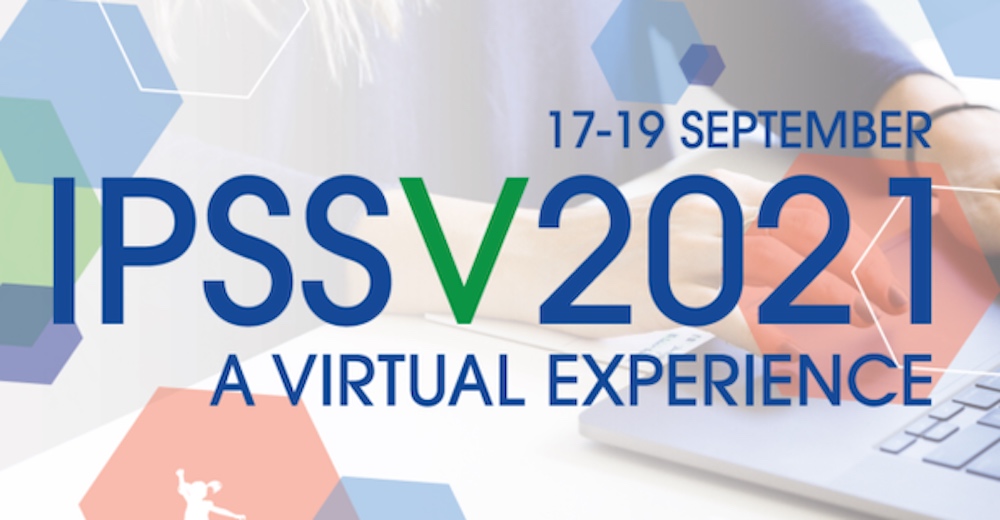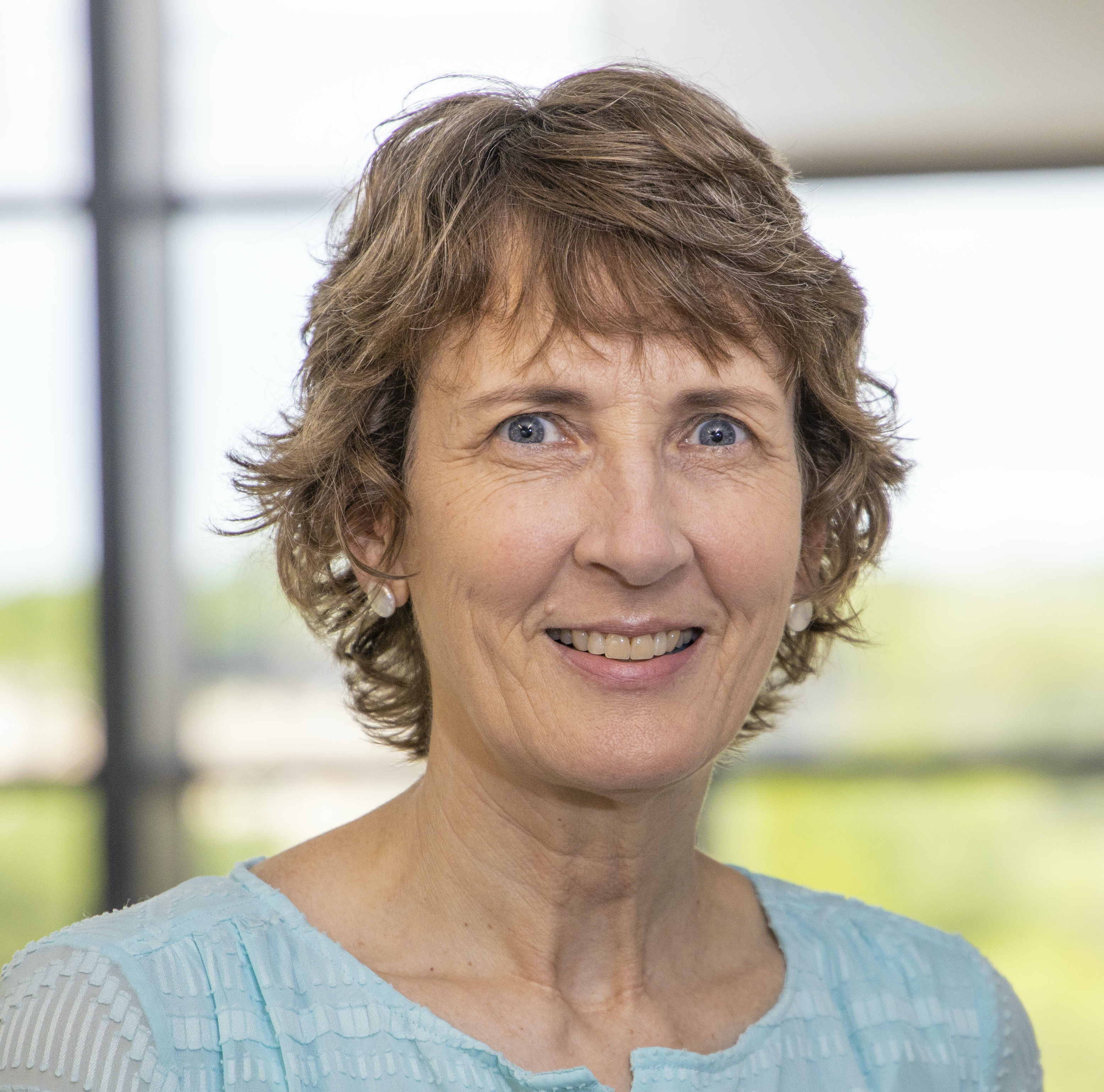IPSSV2021 Showcases Simulation as a Tool to Build Resilience, Promote Collaboration & Foster Inclusion Among Healthcare Providers
The COVID-19 pandemic is causing a burnout epidemic in healthcare practitioners around the world. Headlines announce increasing shortages of doctors, nurses and other healthcare providers. The news articles go on to outline the implications of too many patients and too few caretakers. The real issue is not a lack of trained individuals, but rather, the decreasing number of providers who are willing or able to work at the patient’s bedside. This article will share some related issues as discussed at the IPSSV2021 healthcare simulation conference from September 17 to 19, 2021.
This issue of a decreasing number of bedside providers is not new to the pandemic: the 10-year RN Work Project study, conducted from 2005 to 2016, found 17% of newly licensed RNs leave their first nursing job within the first year, 33% leave within two years, and 60% leave within eight years (Kovner et al., 2016). But the current work environment created by the pandemic is accelerating the exodus. According to a recent Washington Post/Kaiser Family Foundation poll, three in 10 healthcare workers have weighed leaving the profession, and six in 10 say the pandemic has burned them out (Pflum, 2021).
Compassion fatigue and burnout are the psychological components moving healthcare providers from the bedside. The two are closely related but are not the same. Burnout is frustration with the situation and often appears as anger. Compassion fatigue is exhaustion of one’s ability to extend oneself emotionally anymore and is typified by depression.
Sponsored Content:
These conditions are not mutually exclusive, and often one precipitates the other (Kelly, 2020). Some of the highest rates of compassion fatigue and burnout can be found in the pediatric healthcare setting (Buckley et al., 2020) and coming up with strategies to address these conditions is a top priority for stakeholders at academic and clinical institutions.
Cue healthcare simulation-based education. There is a recent flurry of interest in using simulation to help participants gain proficiency in skills such as mindfulness and self-reflection, strategies proven useful in improving resilience and reducing burnout (Park & Holtschneider, 2021).
Over 500 experts in pediatric simulation came together virtually in mid-September to advocate the use of simulation-based training to build resilience, promote collaboration, and foster inclusion. These attributes are known to combat burnout and compassion fatigue among physicians, nurses, and allied health providers.
When healthcare teams exhibit these qualities, the overall well-being of the workplace improves, and job satisfaction goes up. Better performing teams translate to better patient outcomes. While the data strongly supports the importance of these virtues, it is less forthcoming when identifying strategies to help develop them.
Sponsored Content:
IPSSV2021 was the 13th annual gathering sponsored by the International Pediatric Simulation Society (IPSS), presented virtually. In the opening keynote presentation, Mary Holtschneider and Chan Park presented their work on the use of simulation to address microaggressions among interprofessional team members. This presentation demonstrated ways to incorporate simulation-based education to build resilience among individual practitioners, and thereby strengthen healthcare teams.
Resilience is the ability to move through hardship and become better — it is the capacity to recover quickly from difficulties. Resilience can be learned, but traditionally, the approach to resilience training has been from the cognitive or didactic viewpoint.
This method raises awareness, but knowing what resilience is does not necessarily translate to exhibiting it when needed. Resilience must be practiced on a regular basis to become stronger. Repetitive practice of mindfulness strategies during times of stress forms habits that become go-to responses in times of adversity. Simulation-based training allows for the practice of these methods during simulated hard times or difficult situations, without enduring actual suffering or hardship (Holtschneider & Park, 2021).
Victoria Brazil delivered the plenary address on Day 2 of IPSSV2021 and shared ways in which simulation can be used to shape relationships and influence the culture within healthcare teams. Collaboration among healthcare providers is vital to patient safety and improved outcomes. A lack of communication or miscommunication is a leading cause of medical errors. This is not new information, but it continues to be researched and reported because there is still a need for improvement.
Healthcare simulation educators and researchers recognize that this is another instance where knowing does not automatically lead to doing. They continue to seek buy-in on the role of simulation-based training in building high-performing teams, where collaboration is a habit (Brazil, 2021). Allowing teams to practice collaboration and communication skills in a controlled and safe environment yields rich rewards for the team members and their patients.
As part of the conclusion of IPSSV2021, David Greene delivered the closing keynote address on the use of simulation-based education to advance inclusion, thereby decreasing the impact of health disparities. Everyone holds biases — awareness and intentionality of these prejudices may be lacking, but their influence is undeniable (Greene, 2021). An implicit bias or unconscious bias can lead to split-second judgments on the part of providers. Often erroneous, these judgments can have dire consequences when made in the healthcare environment.
Cultural stereotypes influence how information is processed, thereby shaping behaviors, and affecting decision making; this can lead to differences in patient treatment based on gender, race, religion, sexual orientation, or some other characteristic (Chapman et al., 2013). Simulation-based education is effective in exposing and lessening the repercussions of biases in patient care. IPSSV2021 probed the use of simulation to do the same for healthcare teams.
Inclusion is the act of creating environments in which any individual or group can be and feel welcomed, respected, supported and valued to fully participate. Inclusion requires lessening the impact of biases. Mitigating bias requires self-awareness through self-reflection and intentionality, processes inherent to simulation-based education (Vora et al., 2021).
Clinical simulation-based interprofessional education can be used to create a safe environment for team dynamics to be analyzed and member behaviors identified. Allowing colleagues to explore how certain words and actions are being interpreted by their peers increases understanding and accountability.
The three keynote presentations were thought-provoking and challenged the conference attendees to broaden their approach to simulation-based education in healthcare. But IPSSV2021 was much more than these three headliners. Opportunities for networking were sprinkled throughout the three days and the schedule was packed with oral-themed presentations, instructional workshops and traditional poster professor rounds, all geared toward the theme of Collaboration. Resilience. Inclusion: Tying it together.
Conference participants walked away with new ideas and the resources to expand the impact of simulation-based education. IPSSV2021 illustrated ways simulation can be used to hone participants’ skills that improve patient care directly and indirectly. Developing stronger and more mindful practitioners who are able to collaborate and communicate with one another, will impact patient outcomes as much as — if not more than — sharpening psychomotor and critical thinking skills.
IPSSV2021 showed us that building resilience, promoting collaboration and fostering inclusion among healthcare providers through repetitive practice in simulation, benefits everyone.
Learn More About IPSS
- Buckley, L., Berta, W., Cleverley, K., Medeiros, C., & Widger, K. (2020). What is known about paediatric nurse burnout: A scoping review. Human Resources for Health, 18(1). https://doi.org/10.1186/s12960-020-0451-8
- Brazil, V. (2021, September 18). Healthcare simulation for shaping relationships and culture in high performing teams [Keynote presentation]. IPSSV2021, Virtual.
- Chapman, E. N., Kaatz, A., & Carnes, M. (2013). Physicians and Implicit bias: How doctors may unwittingly Perpetuate health Care disparities. Journal of General Internal Medicine, 28(11), 1504–1510. https://doi.org/10.1007/s11606-013-2441-1
- Greene, R.E. (2021, September 19). Teaching to advance inclusion: Using health disparities teaching to create a climate of inclusion in your microenvironment [Keynote presentation]. IPSSV2021, Virtual.
- Holtschneider, M. & Park, C. (2021, September 17). Navigating the interprofessional learning environment to build resilience [Keynote presentation]. IPSSV2021, Virtual.
- Kelly, L. (2020). Burnout, compassion fatigue, and secondary trauma in nurses. Critical Care Nursing Quarterly, 43(1), 73–80. https://doi.org/10.1097/cnq.0000000000000293
- Kovner, C. T., Djukic, M., Fatehi, F. K., Fletcher, J., Jun, J., Brewer, C., & Chacko, T. (2016). Estimating and preventing hospital internal turnover of newly licensed nurses: A panel survey. International Journal of Nursing Studies, 60, 251–262. https://doi.org/10.1016/j.ijnurstu.2016.05.003
- Park, C. W., & Holtschneider, M. E. (2021). Tackling the tough questions. Journal for Nurses in Professional Development, 37(5), 305–307. https://doi.org/10.1097/nnd.0000000000000796
- Pflum, M. (2021, May 6). Nurse Burnout remains a serious problem, putting patients in danger, experts say. NBCNews.com. Retrieved September 23, 2021, from https://www.nbcnews.com/news/us-news/nurse-burnout-remains-serious-problem-putting-patients-danger-experts-say-n1266513.
- RN Work Project. (n.d.). Retrieved September 23, 2021, from http://rnworkproject.org/rnworkproject.org/index.html.
- Vora, S., Dahlen, B., Adler, M., Kessler, D. O., Jones, V. F., Kimble, S., & Calhoun, A. (2021). Recommendations and guidelines for the use of simulation to address structural racism and implicit bias. Simulation in Healthcare: The Journal of the Society for Simulation in Healthcare, 16(4), 275–284. https://doi.org/10.1097/sih.0000000000000591
Jeanne Carey is the Director of Simulation at Baylor University Louise Herrington School of Nursing in Dallas, Texas. She holds advanced certification as a simulation educator and has 10 years of experience in all aspects of simulation, including the development and implementation of new simulation-based learning activities, training of simulation facilitators, and recruitment and management of standardized patients. Carey and the LHSON Simulation Team created the Two-Heads-Are-Better-Than-One (2HeadsR>1) strategy for role assignment in simulation. She is active in several simulation organizations and currently serves as an INACSL Nurse Planner.
Sponsored Content:


















